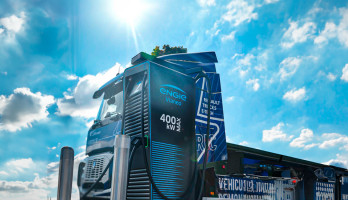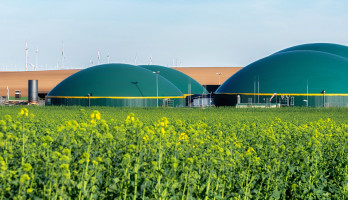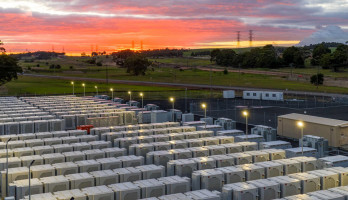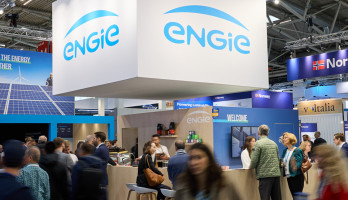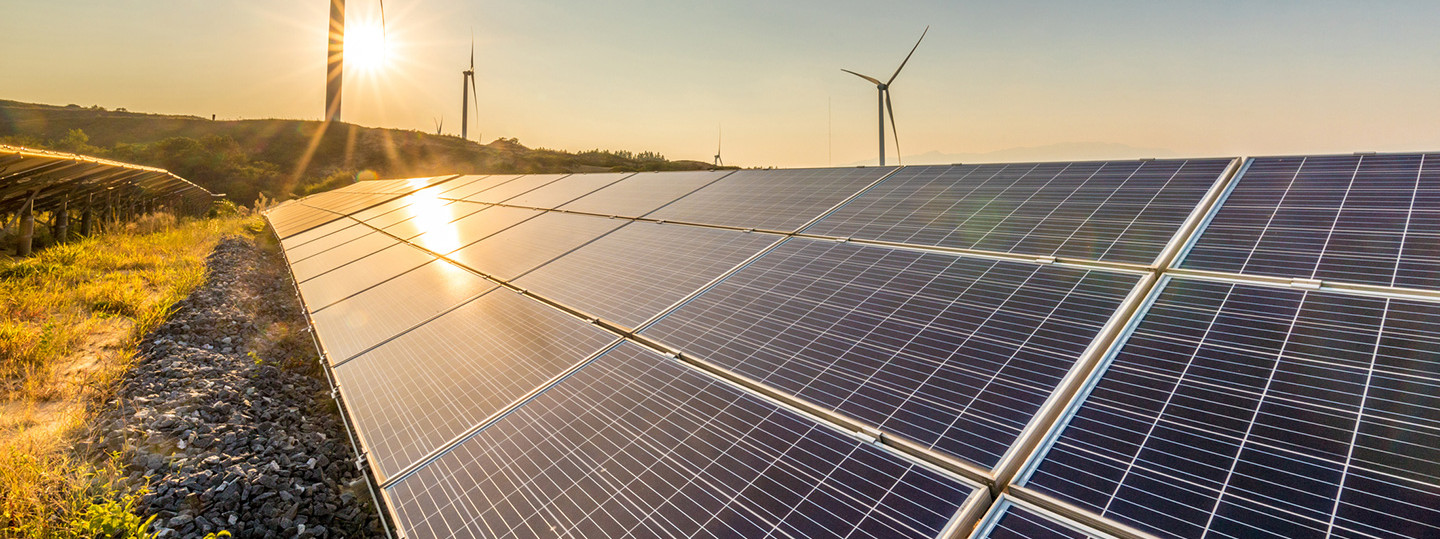
Photovoltaics – a milestone on the way to "zero carbon"
Photovoltaics are becoming increasingly important: According to the organization SolarPower Europe, the installed nominal output of all photovoltaic systems worldwide was eight gigawatts in 2007, compared to 402 gigawatts ten years later. And sunlight will remain one of the most important energy sources in the future. In this article, we show you the potential of intelligent photovoltaic solutions in the building sector and present two best-case examples from the ENGIE portfolio.
The advantages of photovoltaics for the future
Solar energy is inexhaustible, renewable and safe. A photovoltaic system on the roof generates the electricity directly on site for the building where it is needed. This means that there are no transport routes and the load on the power grids is reduced. In addition, photovoltaics bring independence from fluctuating electricity prices. Against the background of the ambitious goals of the energy transition, CO2 neutrality is particularly crucial. The EU's climate change targets foresee that buildings should be climate neutral by 2050. Optimally, the buildings themselves should produce electricity. According to the International Energy Agency (IEA), the solar market will continue to grow. By 2040, solar energy is expected to account for around 15 percent of global energy production. The acquisition costs for photovoltaic systems have fallen again in recent years, so that they now pay for themselves after about ten years. The latest technological developments open up enormous opportunities on the market. With innovative business models, operators can reduce their costs and, of course, improve their energy balance.
Which framework conditions must be met for photovoltaics?
Firstly, the technical conditions must be created. For the installation of photovoltaic panels on the roof, the static conditions of the building must be correct. If a technical photovoltaic solution is to be realized on the building facade, then the surface of the facade must also meet the respective criteria. Whether on or at the building: A photovoltaic solution should not simply be added to the building, but integrated into the building technology. Ideally, the photovoltaic system is a key element of a holistic energy concept. Full energy management is indispensable for maximum energy and cost savings.
Why companies should rely on photovoltaics
Addressing the issue of photovoltaics is worthwhile for municipalities, private individuals and companies alike. Innovative photovoltaic technologies are also becoming more profitable for industry. Companies can also position themselves excellently if they make an important contribution to the energy transition. A photovoltaic system is therefore also used for image formation.
Photovoltaic films: Cooperation between Heliatek and ENGIE
A photovoltaic project was realized by an international consortium of ten companies, including Heliatek. The Dresden-based company offers flexible, biodegradable films that generate electricity on roofs and on facades of buildings worldwide. Such foils are considerably lighter than panels and are particularly suitable for roofs which cannot be provided with panels for structural reasons. And if the roof has an unfavorable orientation, a photovoltaic solution on the south facade is a reasonable option. Heliatek has implemented a sustainable building facade with foils at the ENGIE Fabricom company building in Antwerp. This project shows above all that it is possible without any problems to retrofit buildings with photovoltaic technology, which is perfectly matched to the aesthetic appearance of the building.
Leuphana: Contracting with ENGIE
"A University for the 21st Century" is the claim of Leuphana University Lüneburg. And the path towards the future is to be taken with ENGIE as a partner. In 2014, ENGIE Deutschland undertook the analysis, planning and execution of the Technical Building Equipment (TGA) as part of a contracting partnership. In addition to optimizing the heating system, ventilation and lighting, a photovoltaic system was also installed. It provides an output of 630 kWp. An energy management system with 50 meters monitors and analyzes all energy processes in the university buildings. Overall, an enormous amount of CO2 could be saved: 820 tons per year.

